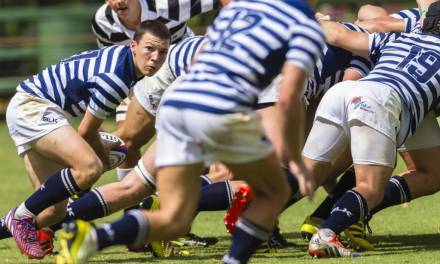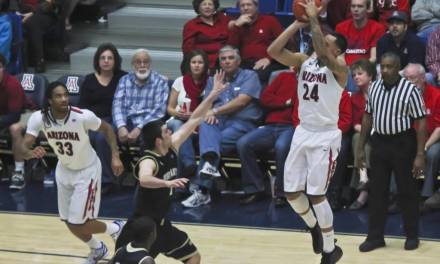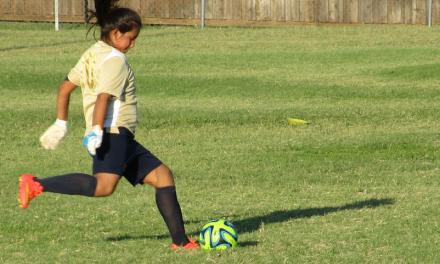Rugby League or Union: do you have a preference? These two types of rugby have as many differences as similarities, making each sport entirely different to watch or play.
However, there are some fundamental factors which are common to both, with certain skills benefiting players of either sport. Here’s a look at providing effective skills coaching which would be useful for both forms of rugby.
Off the ball awareness
Rugby coaching often focuses a lot of attention on how to move the ball around but not all players will have the same amount of possession. In fact, for the majority, most of their time on the pitch will be spent playing off the ball.
In some cases, off-the-ball play may account for as much as 95% of the time, but these aren’t dead minutes – quite the opposite.
Players who don’t have the ball can be extremely influential, drawing the opposition away from key areas and creating space. Being able to manipulate the opposition into the positions you want is a vital part of strategic play but it’s not as easy as it looks.
In some cases players may need to actively move away from the ball, dragging the defender out of position. Tactical off-the-ball play may also involve misdirection and deliberately looking as if they’re relaxed and not about to suddenly sprint into a space, when the opposite is in fact true.
To achieve this aim, players will need to be aware of their body language and how to disguise their true intentions.
Standing straight rather than being crouched conveys the appearance of remaining static, but maintaining a wide stance will allow for rapid acceleration. In contrast, remaining low and crouched with flexed knees communicates the intent to move swiftly.
Learning how to use body position while off the ball to influence the opposition is a powerful tool that any player can learn.
Ready to receive
A flexible overall body position is essential on and off the ball, both to aid rapid acceleration and also to prevent injury. However, there’s more to the game than just pure speed; if players don’t have good ball handling skills they’ll never reach their full potential.
As well as being properly balanced with a low centre of gravity, the position of the hands and how moves are executed can also be key factors.
Holding the arms and hands close to the chest with flexed elbows and wrists allows players to be ready to receive the ball at any moment. The ball travels fast when in play so if you wait to respond, the chances are you’ll fumble or miss the pass.
Keeping the fingers spread out is another way to keep the body instantly ready for the ball being passed without compromising balance or core stability.
When moving in any direction, the head should lead the charge, initiating the movement before shifting the weight onto the same foot. At all times the head should be held centrally neither too far forward or back.
It may be surprising but the head is the most important part in the body for retaining good balance and as players move around, they should learn the importance of keeping everything in alignment.










